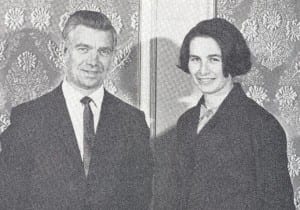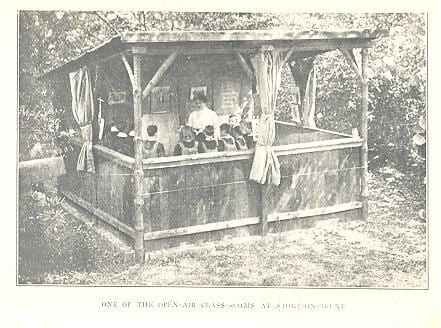Samuel Heinicke, 1727-1790
By H Dominic W Stiles, on 30 April 2012
Samuel Heinicke, who died on 30th of April 1790, was a pioneer of Deaf education. He used the oral method as opposed to the manual methods of the French sign language pioneer Charles-Michel de l’Épée with whom he had an exchange of letters arguing about the best way to teach. Heinicke kicked off the exchange when he wrote to l’Épée’s pupil, Abbé Stork in Vienna, probably in 1780. It was a classic academic split, with some rather superior comments on both sides:
If you had perused a work published by me entitled “The Instruction of the Deaf and Dumb, or the way of Learning laid open by Methodical Signs,” your epistle to the teacher at Vienna would not have been filled with such rigorous stricture upon this method, and his adoption of it. The signs made use of in our mode of teaching are not hieroglyphical, as you suspect: they are indeed a selection of such as are natural, or which have a raciocinative connection, if I may so express it, with the things to be signified. […]
Thus it appears, learned Sir, that you have censured a Method to which you are an utter stranger: but, so far from conceiving the least resentment at this, I am highly rejoiced that a learned Professor of the University of Leipzig should so devote himself to the vocation to which my labours have been dedicated for many years.
In Heinicke’s second letter to de l’Épée, he says, “Although I greatly esteem the letters which you lately did me the honour to address to me, I cannot but confess that our notions touching the most eligible manner of instructing the Deaf and Dumb are wholly at variance, and, I very much doubt, will never be reconciled.” He finishes, “If you suppose that I make no use of the dactylology in my tuition, you are very much mistaken”. As Garnett glosses, this completes the breakdown of understanding between the two men, for Heinicke uses Zeichensprache, the language of signs, but the Latin version l’Épée received has it as Dactylology, finger-spelling. In his third and final letter, this misunderstanding leads l’Épée to insult Heinicke by saying “this system of yours is merely mechanical” (Garnett p.46).
In the end, taking his arguments to the editor of the Vienna Realzeitung, a long assessment was made by the Rector and Fellows of the Academy of Zurich. The editor sums up, saying Heinicke “accomplishes more”, while l’Épée “contents himself with the sign language (Zeichensprache)” (ibid. p.54). In part of their assessment of the argument the academicians say,
“In a word, it appears very clear to us that, although Mr. Heinicke is so bold in his reprehensions of your method of tuition, he has very little knowledge of it; that he never read and probably never saw the publication in which it is laid open. In what other manner can we account for his rashly confounding your system with the system of others; for his falling into the many mistakes which we have noticed; and, in particular, for his asserting and allowing it to be asserted by others who have publically adjudged his methods to be superior to yours, that your pupils are not taught to speak?
That the German method of Heinicke’s was eventually to triumph in the 19th century over the French or manual, was of great import for the whole of the Deaf community in Germany and abroad, both at that time and right up to the present.
Garnett, Christopher B. Jr. The Exchange of Letters Between Samuel Heinicke & Abbe Charles Michel De L’Epee. Vantage Press, New York, 1968
Schmaehl, Otto. Samuel Heinicke and the Education of the Deaf. Volta Review, 1970, 72:237-41
 Close
Close










